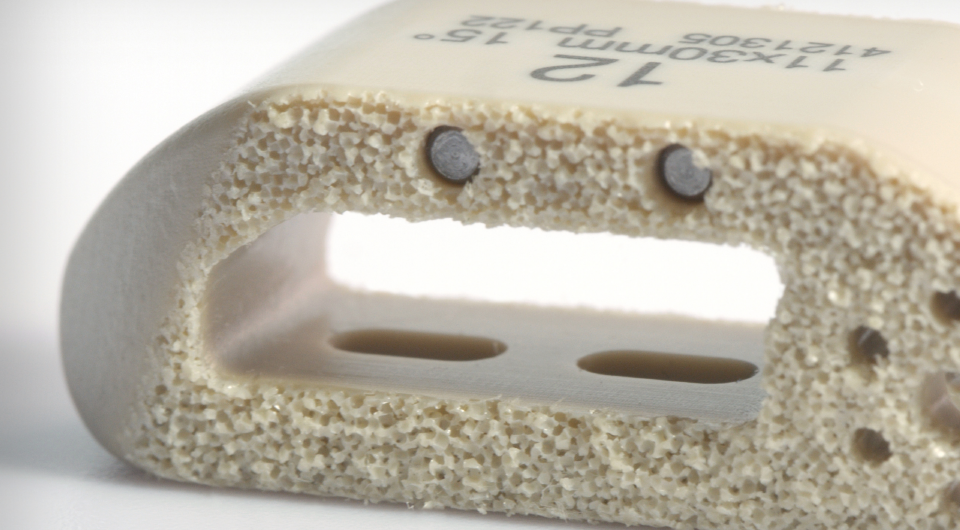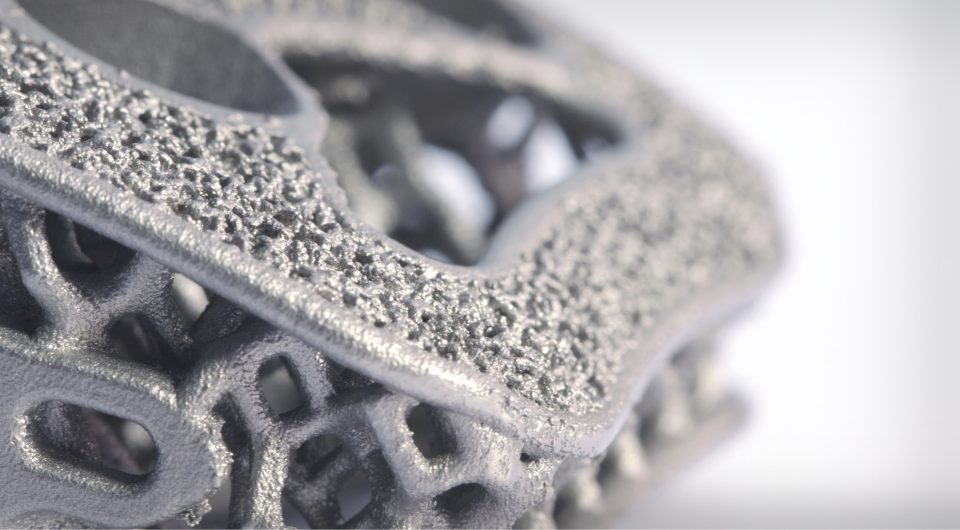1. Malone, H., Mundis, G. M., Jr., Collier, M., Kidwell, R. L., Rios, F., Jelousi, M., Galli, S., Shahidi, B., Akbarnia, B. A., & Eastlack, R. K. (2022). Can a bioactive interbody device reduce the cost burden of achieving lateral lumbar fusion?, Journal of Neurosurgery: Spine (published online ahead of print 2022). Retrieved Oct 18, 2022
2. Smith WD. Early outcomes of titanium surface textured, 3-dimensional manufactured implants for lumbar spinal fusion. Presented at: SOLAS 11th Annual Meeting; May 17-19, 2018; San Diego, CA, USA.
3. Hill CP and Strenge KB. Early clinical outcomes comparing porous PEEK, smooth PEEK, and structural allograft interbody devices for anterior cervical discectomy and fusion. J Spine Neurosurg 2019;8(1):1-7.
4. Burkus JK. Early Outcomes of Anterior Cervical Discectomy and Fusion Using a Porous PEEK Interbody Fusion Device. J Spine Neurosurg 2018;7:2.
5. Burkus JK, Rehak C. Anterior Cervical Discectomy and Fusion Using Porous PEEK Implants at Levels Adjacent to a Previous Fusion. J Spine Neurosurg 2019;8:3.
6. Preclinical data on file. Data may not be representative of clinical results. TR 9604787.
7. Representative coupon, preclinical data on file. Data may not be representative of clinical results. TR 9604781.
8. Preclinical data on file. Data may not be representative of clinical results. TR 9604787
9. Torstrick FB, Lin ASP, Safranski DL, et al. Effects of surface topography and chemistry on polyether-ether-ketone (PEEK) and titanium osseointegration. Spine 2020;45(8):E417-24."
For important product safety information please visit nuvasive.com/eIFU

